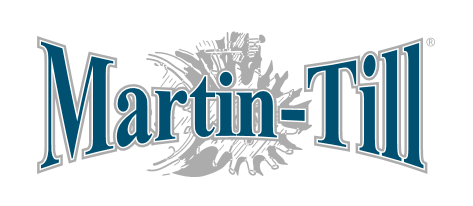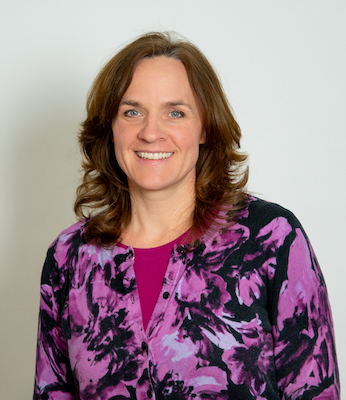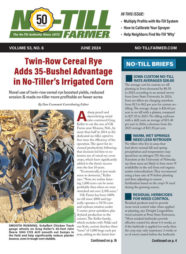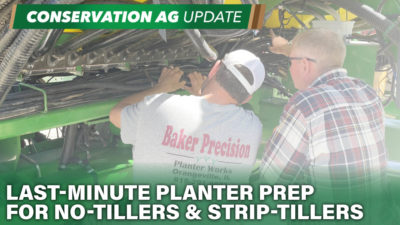“Pollinators are just like people — having a diverse diet is better for them. They find that pollinator health goes up when they have access to lots of different plants because they're probably getting all their different nutritional needs met…” — Amy Bartow, Manager, NRCS Corvallis Plant Materials Center
There’s been a growing awareness of the importance of pollinators in our food ecosystem and more and more farmers are seeding pollinator strips to help build habitat for the variety of species that are important to rural landscapes and the production of crops. Amy Bartow is with the NRCS and manages the Plant Materials Center in Corvallis, Oregon, where they study pollinator habitat and native plant development.
In this episode of the No-Till Farmer Influencers & Innovators podcast, Frank Lessiter talks with Bartow about the NRCS’ recent initiatives to promote the establishment of pollinator plots and strips. Tune in as they discuss native vs. non-native pollinator mixes, the importance of diversity in the mix, the pollination value of cover crops, how no-tillers can make extra income with pollinator habitat, how weed management fits into the equation and much more.
P.S. There’s lots more great no-till stories and history in Frank Lessiter’s new book, From Maverick to Mainstream: A History of No-Till Farming. Check it out here.
The No-Till Influencers & Innovators podcast series is brought to you by Martin Industries.
Our customers believe that Martin-Till®️ products provide an excellent return on their investment. We know this because a large percentage of them are repeat customers since the beginning in 1991. Our planter attachments help make it possible to plant into higher levels of residue and moisture. Higher levels of mulch means less erosion, improved soil tilth and fertility, which can reduce production costs. Martin Till’s goal is to increase yields and save you time and money. We hope you find something from our product offerings of row cleaner, UMO’s, closing wheels systems and recently added concaves that will make this year’s planting & harvesting go better for you. After all, you deserve the best!













Post a comment
Report Abusive Comment